
Collecting Baseball Card Oddities, Part 2: Retail Releases
In part one of this guide to collecting oddball baseball cards, we looked at the many sets released in conjunction with food products over the course of hobby history. In part two, we explore another segment of oddballs that were once popular and seemingly available at all types of stores: retail issues.
Retail companies like K-Mart, Woolworth, and Kay-bee Toys all released their own branded trading cards sets. These sets were typically issued in a boxed set format and sold in the racks next to the cash register along with other impulse items.
Retail Releases
One of the first retail companies to use baseball players to market their product was Unocal 76, the now defunct chain of service stations. The items distributed were not cards, but pins that paid homage to Dodger greats throughout the years like Sandy Koufax and Don Drysdale.
K-Mart
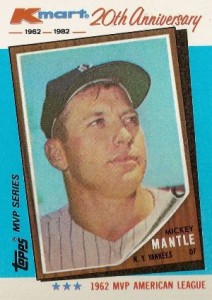
During the 1970s and 1980s, one of the most well-established retail chains and the original precursor to today's “big box" stores was K-Mart. It would only stand to reason with so many other companies and brands using baseball cards to market themselves, that America's largest retailer would issue a set as well.
The debut of the K-Mart set came in 1982 and featured 44-cards of past MVPs. Card fronts showed an image of the Topps baseball card released the year the player won the coveted award. A co-branded product, the cards were actually manufactured by Topps, as were many oddball releases throughout the 80s and early 90s.
K-Mart went on to produce four other baseball card sets between 1987 and 1990, each with 33 cards. The sets were themed to reflect a specific group of players with set names designated as 1987 K-Mart Stars of the Decades, 1988 K-Mart Memorable Moments, 1989 K-mart Dream Team and 1990 K-Mart Superstars.
Woolworth's
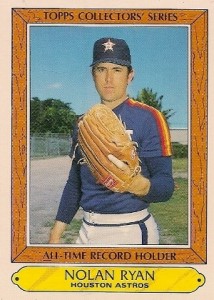
At one time, Woolworth's stores were synonymous with retailing in America. Established in 1879, they were one of the original five and dime stores in the country. Woolworth's became one of the largest retailers in the history of the country but faced stiff competition beginning in the 1980s. In an apparent last-ditch effort to capitalize on the baseball card craze of the decade, Woolworth's began issuing their own trading card set, again printed by Topps, in 1985. Highlighted by 44 cards of record holders from all eras, the set was one of the first to mix current stars and legends. The annual release would continue until 1991, although the size was decreased to just 33-cards and the focus was solely on current stars. The retail issues had just about run their course by this point, as did Woolworth's, who went out of business in 1997.
Kay-Bee Toys
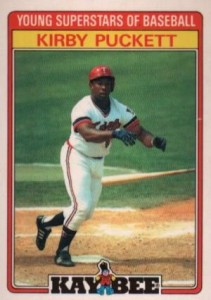
In 1986, the once-popular Kay-Bee Toys, which were in almost every mall in the country, jumped on the baseball card bandwagon. In an attempt to distinguish their sets from the abundance of other retail releases available at the time, Kay-Bee focused on baseball's up and comers. Names in the 44-card checklist included Rick Aguilera, Shawon Dunston, Ozzie Guillen, Dwight Gooden, Julio Franco, Kirby Puckett, and Terry Pendelton, to name a few. The Kay-Bee branded cards continued until 1990, all with a themed name and checklist: 1986-Young Superstars, 1987-Superstars of Baseball, 1988-Team Leaders, 1989-Superstars of Baseball, 1990-Kings.
Toys "R" Us
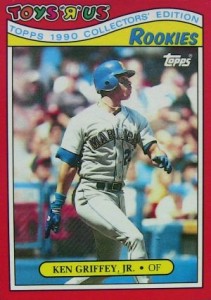
Not to be outdone by their competition, in 1987, toy super-store chain of Toys "R" Us, issued their own set of baseball cards. Featuring a black-border design with the colorful Toy's "R" Us logo, the 33-card checklist held some extremely popular names including Jose Canseco, Will Clark and Barry Bonds, who were all just beginning their careers. Including Bonds in their first set was quite a coup for the company and has led to some lasting demand for the cards. Toys "R" Us continued to make box sets until 1991.
Denny's
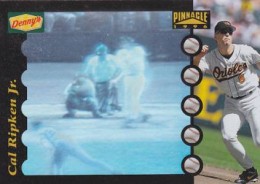
By far, one of the most popular retail releases of all-time are the hologram cards that were available through the restaurant chain Denny's. From 1991 through 1997, these technology-infused cards were extremely cutting edge and proved to be an immensely successful promotional campaign for the company.
Many collectors still chase these cards and complete sets are affordable and a fun representation of the retail release genre. The first set had 26 cards, one player from team. The checklist was based on the number of grand slams a player hit in their career. These cards were available at Denny's with the purchase of a meal from the restaurant's infamous Grand Slam menu.
By 1997, the set had increased to 29 cards and were available simply with a meal and beverage purchase. The most desirable card from the set is that of Larry Doby. Distributed locally in Cleveland where he played for several years, the short-printed card was part of the commemorative anniversary of baseball's desegregation. The 1997 cards featured Lenticular printing technology, which resulted in a much more realistic 3D effect than other printing processes of the past. Holograms were still used on the card backs, making for a distinct-looking and desirable card set even to this day.
While not as extensive as the number of oddball food issues, several other retailers and businesses issued baseball cards sets during this same time period. Here is a look at just some of the other cash register cardboard produced over the years. We have also included some of the cards that were issued by brands or businesses.
1968: Amoco Oil
1971: Ticketron
1972: Bowery Savings Bank
1982: Red Lobster
1985: Circle K
1986: True Value
1988: Revco
1989: Ames
1990: Ames
1991: Foot Locker, Smith Kline Beecham,
1992: Citgo, Investor's Journal, Proctor & Gamble
1993: Fruit of the Loom, Duracell
1994: Sunoco
A fantastic resource for oddball baseball card collectors is Bob Lemke's 2011 Standard Catalog of Baseball Cards. It's an exhaustive book with checklists and information on almost every retail set ever released.
If you have a favorite set, question or other set we didn't mention, be sure to sound off in the comments section below.
 | Making purchases through affiliate links can earn the site a commission |























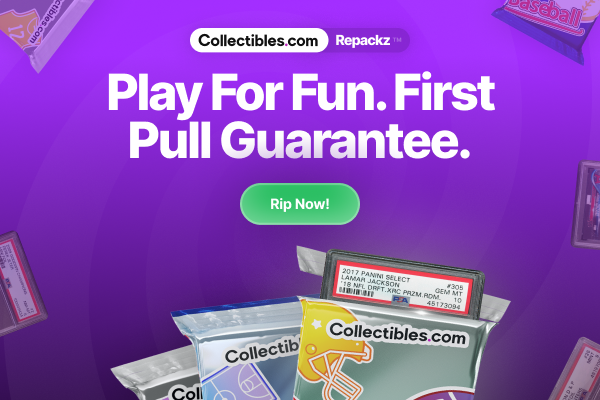





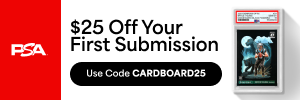
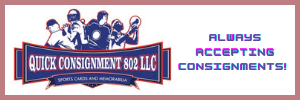
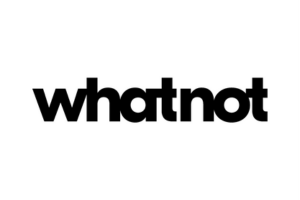
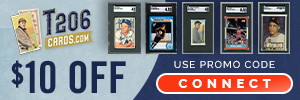
Doug
In my opinion, oddball cards are the most fun to collect, and offer variety to any card collection. I feel that if true VALUE of a collectible is based on uniqueness, and scarcity – then oddball cards should, and hopefully will increase significantly in value in the years ahead. There is a far fewer supply of these cards in the marketplace than there is with the main, high-volume card producers. Supply and demand should drive price!